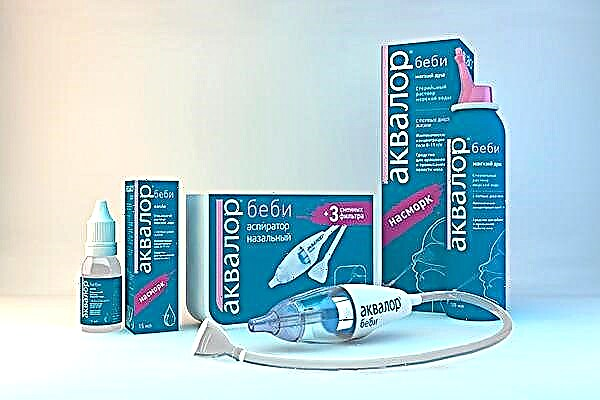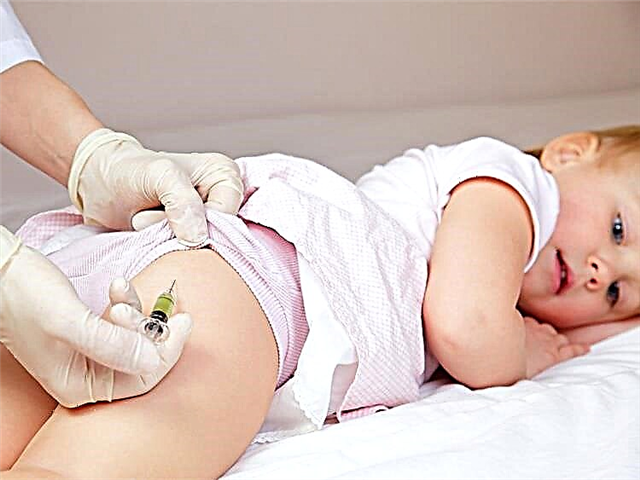
If the baby does not want to breastfeed, this is a great concern, because mother's milk is the best food for a newborn. It happens that the crumb eats only from one breast and does not suck the other at all. Sometimes the baby only agrees to suck if he is half asleep or asleep. And also there is a situation when the toddler first picks up the breast and actively sucks, but then drops it and begins to cry. There are many reasons why this happens. To preserve breastfeeding, you should figure it out as quickly as possible.

After childbirth
One of the common reasons that a newborn does not breastfeed at all is a weak sucking reflex. This happens during a difficult pregnancy and difficult childbirth - for example, if the baby was born prematurely, experienced hypoxia while moving along the birth canal, or suffered a birth trauma. When the reflex is weakened, sluggish sucking is noted, the baby gets tired and falls asleep before it is full. In this case, the mother should:
consult a pediatrician, neurologist or other specialist;
often apply the baby to the breast;
expressing milk to maintain lactation;
feed the baby with expressed milk using a pipette, a syringe without a needle or a spoon.

Anatomical reasons
Breastfeeding problems are possible for various reasons, for example, depending on the characteristics of the female anatomy.
If the nipple is inverted or flat. This will help the formation of the correct grip of the breast, in which in the baby's mouth there should be not only the nipple, but also the entire area around it, called the areola. And you can also use special correctors (they are used before feeding, helping to slightly stretch the nipples) or silicone pads (they are used during feedings).

- If the chest is too tight. At the same time, milk is produced well, but the individual structure of the glands is such that even with overflowing ducts, milk does not begin to be released immediately at the beginning of sucking. Because of this, the baby is nervous, drops the breast and cries. Expressing a small amount before each feed will help to soften the breasts. It is also recommended to massage the glands (this can be done under a warm shower) and try different positions during feeding.

Baby's health
By giving up the breast, the baby can show that he is not well.
The baby has an ear ache. If the baby has developed otitis media, then when swallowing, the pain will intensify, which, of course, will not give the child the opportunity to suckle mother's breast normally. The fact that the baby is suffering from pain in the ear will be prompted by his sharp, strong cry after light pressure on the tragus of the auricle.
The toddler's teeth are creeping. This process is accompanied by pain, increased salivation and redness of the gums. The kid is naughty at the chest and can refuse it if you do not help him to eliminate the discomfort with special pain relievers, teethers or massage of the gums.
The child has thrush in the mouth. This is the name of an infection of a fungal nature that provokes the appearance of painful sores or a whitish plaque on the inside of the cheeks, on the gums and tongue. Because of the inflammation, the baby feels discomfort when feeding and, in general, does not want to breastfeed.
The baby has a stuffy nose. In the first year of life, the baby's nasal passages are narrow, so the presence of mucus in the nasal cavity and even small swelling can disrupt breathing through the nose. Therefore, with a cold, it is difficult for a baby to suckle at the breast, which leads to refusal. In this situation, rinsing with saline solutions and using an aspirator will help.
The baby has colic. Such pains usually bother children in the 2-3rd month of life and are caused by the immaturity of the gastrointestinal tract. If colic appears during feeding, the baby throws its chest, lifts its legs up and cries. The condition of the toddler improves after the passage of air, stroking the tummy, using a warm diaper.
The child has a shortened bridle. This is the name of a small tie under the tongue, which, with a short length, interferes with the correct grip of the chest. If the child begins to suck, then it does not last long - the baby quickly gets tired, is capricious and drops the breast. A pediatrician or pediatric dentist will help identify such a problem.

Lack of milk
This reason for rejection of the mother's breast is closely related to improper attachment and other factors that prevent the baby from sucking out the amount of milk he needs. If the breast is not emptied completely, this leads to a gradual decrease in milk production, as a result of which the baby does not eat, throws the breast and may, in general, refuse to feed.
To improve the situation, you should increase the frequency of applications (in response to the stimulus, milk production will increase) and reduce the intervals between them. You cannot refuse night feedings. In addition, you need to take care of the correct capture of the areola and adherence to the drinking regime of the nursing mother.
In order to stimulate milk production, it is recommended to additionally express after feedings.

Other reasons
The baby may refuse to suckle in other situations as well.
If he is bottle fed or given a pacifier. Since the nipple does not look like a woman's nipple, the baby takes it in a different way, other muscles are involved, and the baby begins to grasp the mother's breast differently, as if "confusing the nipples." In addition, it is easier to “get” milk or a mixture from a bottle, while sucking on the breast has to “work”. To eliminate the negative effect of a pacifier or bottle on breastfeeding, it is advisable to refuse them. For any concern, offer the baby a breast, and if necessary, use a spoon, a syringe without a needle or a cup to supplement.
If there is too much milk. An excess amount can become a problem for a baby, because milk flows from the breast quickly, the baby does not have time to swallow it and is frightened, as a result of which it stops sucking, in general, and turns away. Expressing a small portion of milk before feeding will help, as with very tight breasts. In addition, it is recommended to apply the baby to the breast several times (give one breast in a row) and refuse to express after feedings.
If mom smells something harsh. The baby recognizes his mother by the smell almost from birth, associating it with calmness and warmth. If a woman uses a strong-smelling shower gel, deodorant or eau de toilette, this confuses the baby and can cause breastfeeding. The only way out is to stop using cosmetics and perfumery with a pronounced aroma, if the child does not like it.

"False rejection"
The problem with this name is often found at the age of 3-4 months. With her, the baby sucks the breast a little, then throws it, being distracted by other things that seemed more interesting to him. This is not a classic breastfeeding, but simply a period of child development, during which he actively learns the world and develops. The kid is interested in everything around him, and he tries not to miss any moment when you can learn something new.
Usually, with a "false refusal", the baby's appetite is normal, and the weight gain corresponds to age.
To check if the baby has enough milk that he manages to suck, you can do wet diaper test, counting the number of urinations per day. If their number is more than 10-12, then everything is in order with lactation, and the child is developing normally. With a reduced milk production, there will be less than 10 diapers - in this case, it is already necessary to consult a doctor and take measures to increase the amount of breast milk.



